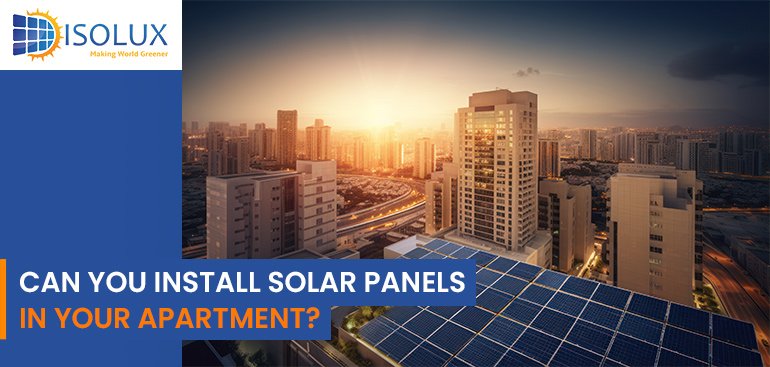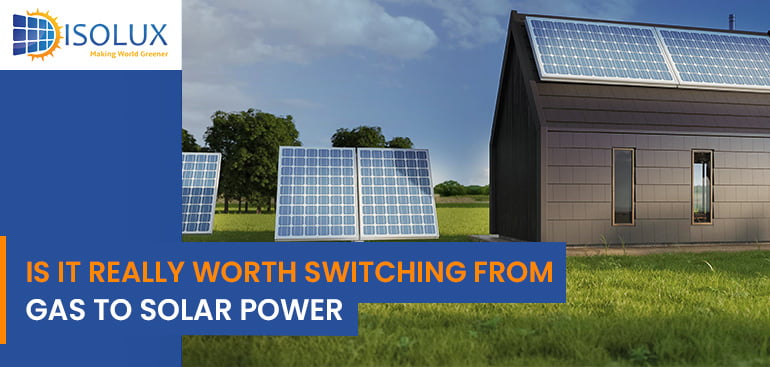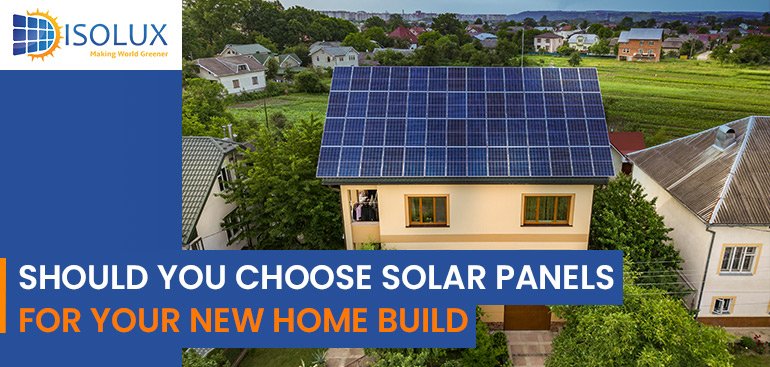Living in an apartment doesn’t mean you have to miss out on the benefits of solar energy. In Australia, several options are available for apartment residents who want to harness the power of the sun. Let’s delve into the different ways you can go solar in an apartment and what you should consider before making the switch.
Considerations for Going Solar in an Apartment
Embedded Networks: Check if your apartment is part of an embedded network to enjoy solar energy distributed through the network.
Common Area Installations: These installations may not benefit individual apartments.
Individual Unit Installations: Workable but need approval and compliance with building codes and regulations.
Before making the switch to solar energy, research reputable providers, and ensure transparency in pricing and services. With the right approach, apartment dwellers can contribute to the solar energy revolution and reduce their carbon footprint.
Embedded Networks
Many apartments in Australia operate as embedded networks. It is also known as Community Energy Networks. These owned and operated electricity distribution systems serve specific groups of customers. Such as residents of an apartment building. To find out if your apartment is part of an embedded network, check with your Manager or landlord.
In this setup, solar panels are installed on the building’s roof or another suitable location. The generated electricity is distributed to common areas and individual apartments through the embedded network. But, it’s important to note that individual apartments don’t enjoy solar energy. As it is sold to them through the network operator.
Embedded networks are an excellent option for apartment buildings. As they allow for a collective approach to solar energy use. While individual units may not see a direct reduction in energy bills. The environmental impact is significant. Additionally, embedded networks often lead to reduced strata fees for residents. By making solar energy an attractive prospect for both financial and environmental reasons.
Individual Solar Panel Systems on Common Areas
While less common, it’s still possible to have solar panels installed in common areas. Such as the roof, to provide power to individual apartments. This option allows apartment dwellers to generate their electricity, leading to energy bill savings. Before considering installing solar panels in a common area, consult with your apartment manager or building owners to determine feasibility. By ensuring compliance with local building codes and regulations.
Installing individual solar panel systems in common areas can be a win-win situation for both building owners and residents. Residents enjoy reduced energy bills while building owners contribute to sustainability goals and increase the market value of the property. It’s crucial to engage in open communication with all stakeholders to ensure a smooth implementation process.
Solar for Common Area Power
Solar panels on common areas, like the roof or sides of an apartment building, can offset energy costs for building owners. But, this doesn’t benefit individual apartment occupants. The generated electricity powers common areas, such as lobbies, elevators, and lighting. Despite this, the cost savings may translate into lower strata fees for residents and increase the building’s value.
Investing in solar for common area power is a strategic move for building owners. Who are looking to enhance the sustainability profile of their property. Beyond the financial savings, it contributes to a greener and more conscious community. Residents can take pride in being part of a building. That prioritizes clean energy, attracting potential buyers or renters who value sustainability.
Conclusion
By exploring the above-mentioned options and considering the broader environmental and financial benefits. Residents and building owners can make informed decisions to create a more sustainable and energy-efficient living environment. Contact Isolux Solar, a solar panel installer in Sydney, if you’re thinking of installing solar panels at your apartment.




